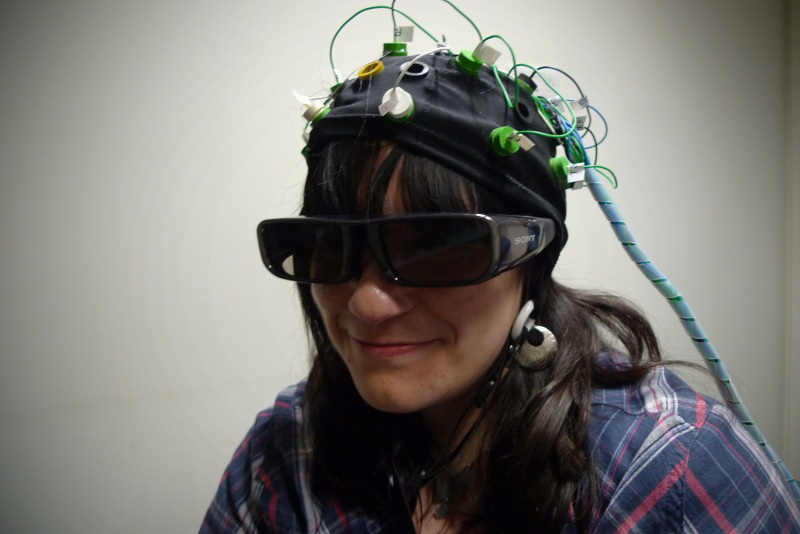Look Around You, 3D Media Is More Engaging?
posted Thursday Mar 31, 2011 by Jon Wurm

DVD has been around for ages compared to Blu-ray which made its debut in May 2006. We also can't forget the new format on the block, 3D, that is still in the infant stages of development, even if we might want to. For several years we have seen DVD sales decline and Blu-ray sales double in some instances. The same can be said for 3D TVs which are expected to be in 15 million homes by the end of 2012.
There are a number of factors that have contributed to the slow decline of DVDs, such as increased competition from the other physical formats as well as the increasing popularity of digital media. Research company Mindlab, however, suggests that we might be drawn to higher quality media because our brains like it better.
Decide for yourself and hit the break.
The Blu-ray Disc Association commissioned Mindlab to conduct an experiment to determine if people would be more attentive toward high quality media, specifically concerning Blu-ray 3D. What they found was that people were 12% more attentive to Blu-ray 3D versus regular Blu-ray and 29% more attentive to Blu-ray 3D when compared to DVD. Duncan Smith at Mindlab made this conclusion about their test,
3D is a fully immersive format, increasing engagement in viewers. The fact that subjects were witnessed as having increased eye movement and head movement is testament to this. The 3D technology draws attention to peripheral images on the screen and, coupled with Blu-ray quality definition, it is able to deliver footage that increases engagement and emotional response over all the formats.

Their results may be accurate but the real question is if their testing methods were appropriate and produced accurate results. There was a relatively small sample of people for this that consisted of 12 males and 12 females all between the ages of 18 and 54. One male and one female were placed in a room and watched random video clips that were recored in the DVD, Blu-ray, and Blue-ray 3D formats. The equipment hooked up to the participants performed electroencephalography (EEG testing) to measure brain activity and electro-derman activity (EDA testing) to measure stress levels.
Probably the most difficult part is quantifying physical and emotional responses and I would imagine that the 3D glasses required for Blu-ray 3D content gives that format an unfair advantage because you are essentially putting blinders on people like you would a horse in order to keep them focused. At least whenever I have watched 3D content the glasses made it almost impossible to view anything not on the screen so I just stared at it for a few minutes until it gave me a headache anyway. If 3D ever becomes viable without glasses I would be interested to see the results of a similar study but until then, how do you feel about 3D holding your attention? If you're one of the 10 people that have prolonged experience with this, let us know.

